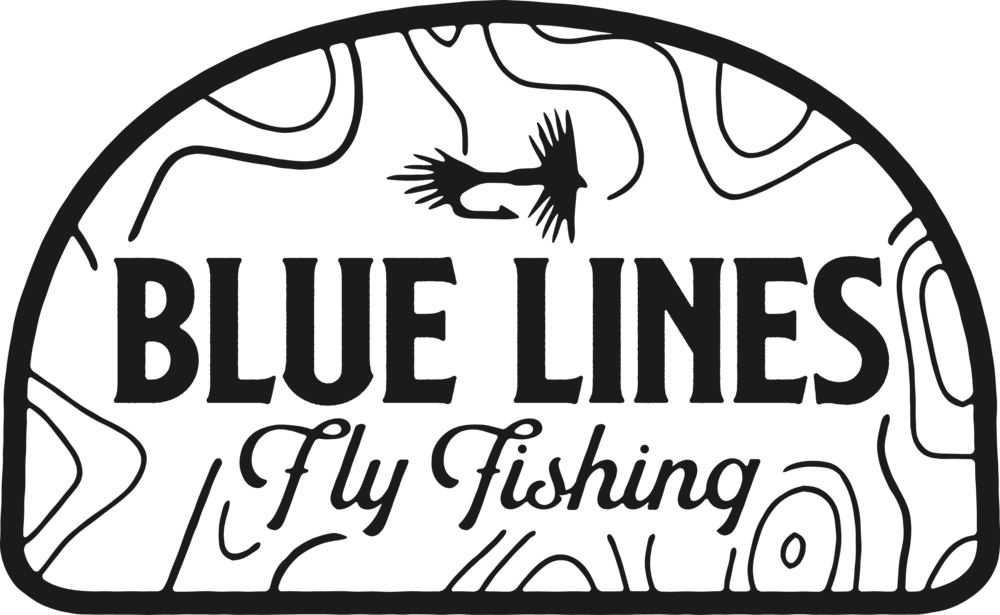By Sam Larson
The road to capable casting has been a rough one for me. There’s that whole 10,000 hours to mastery thing, but I wanted all of it, at least in so far as “it” pertained to casting, basically as fast as I could get it. I watched some YouTube videos, grilled some fishing buddies about what they do, and headed out to the water. Cue a casting montage. As the images flit by you’ll no doubt see me with line in an untidy mess around my feet, draped through one or more trees, or tangled around a submerged stick, the fly hooked to a tree, branch, clot of algae, my hat, my coat, or my hand, me standing on a bank untangling wind knots or myself, me slapping line on the water and snapping flies on the stream’s surface with a “pop!” on both the fore AND back cast, my reel getting tangled, and, rarely, me hooking a fish, panicking, and the losing it because I screwed up my line management.
I am not a skilled and artful fly caster.
Which helps explain why I switched to Tenkara when I was given the option. Simple, lightweight, easy to cast, and I catch more fish? Sold. I spent a full two seasons using only my Tenkara gear on every Colorado and Wyoming stream that I could haul myself to, and I loved it. All that stuff about Tenkara only being good for small streams and smaller fish? Lies. Tell it to the tailwater ‘bows I’ve been catching. You just have to be a little savvier than most.
There was a sore point though, and that’s alpine lakes. Colorado has more than a few of these, and many of them host enthusiastic and gorgeous cutts that have been airlifted there over the years. For the intrepid hiker there’s a lot of opportunity to spend some quality time with everyone’s favorite salmonid, and be largely alone doing it since the ask, one to four hours of hiking at or near treeline, tends to scare away folks of a more casual bent. But the Tenkara gear I favored, while easy to bring along for the trip, wasn’t quite doing it for me once I got to the water. Limited casting range, unexceptional power to punch through the almost omnipresent high-altitude winds, and a general sense of it not being the right tool for the job had me looking for a new Western rod. Fast forward to the arrival of my new 5-weight Redington Butterstick, a fiberglass rod that addresses both my need for a new, fancy rod, and my unshakeable retro tendencies. That and, just like the name implies, that rod casts like buttah.
There are people out there who make casting look effortless and beautiful, a true art form. A skilled caster is wonderful to watch. Think Brad Pitt in A River Runs Through It. He may or may not have cast that line, but whoever they paid to do that job did it in rare and inspired fashion. I could aspire to such Olympian heights of casting finesse, but when I picked up a Western rod again I told myself that I’d be willing to settle for bare competence. The good news for me was that the last two years with a Tenkara rod in my hand taught me the rudiments of timing, how to let my back cast lay out fully and when to apply the power to the forecast. So when I did get my new rig out to the water is wasn’t a repeat of the unmitigated catastrophe that made me kick my reel to the curb in the first place. What’s more, casting became something fun. Once I had the timing and the rhythm of the thing figured out I had a blast learning to double-haul and shoot line. Casting on the lawn at the park using dandelions for target practice became a weird and obsessive indulgence on the afternoons when I couldn’t get to a river.
I keep telling myself that I’m going to sign up for some of the Orvis casting classes and really get it figured out. But those classes keep falling on Spring saturdays when I’d rather be out on the water actually casting my line after rising trout. I still favor my Tenkara rod, and that’s unlikely to change considering the small streams that I fish most regularly. But I don’t feel hampered by a Western rod, by the two-handed task of managing line, rod, and reel. And there are those alpine lakes waiting up near tree line, environments seemingly made for a Western rod with clear back casts and no trees to foul or tangle a line. I have a strong feeling that by the time we shake the last little bit of winter out of our systems and the high country starts to un-thaw I’ll be heading up there with a Western rod strapped to my pack. I have an appointment to keep with some cutties and I think now I’ve got the tools I need.

